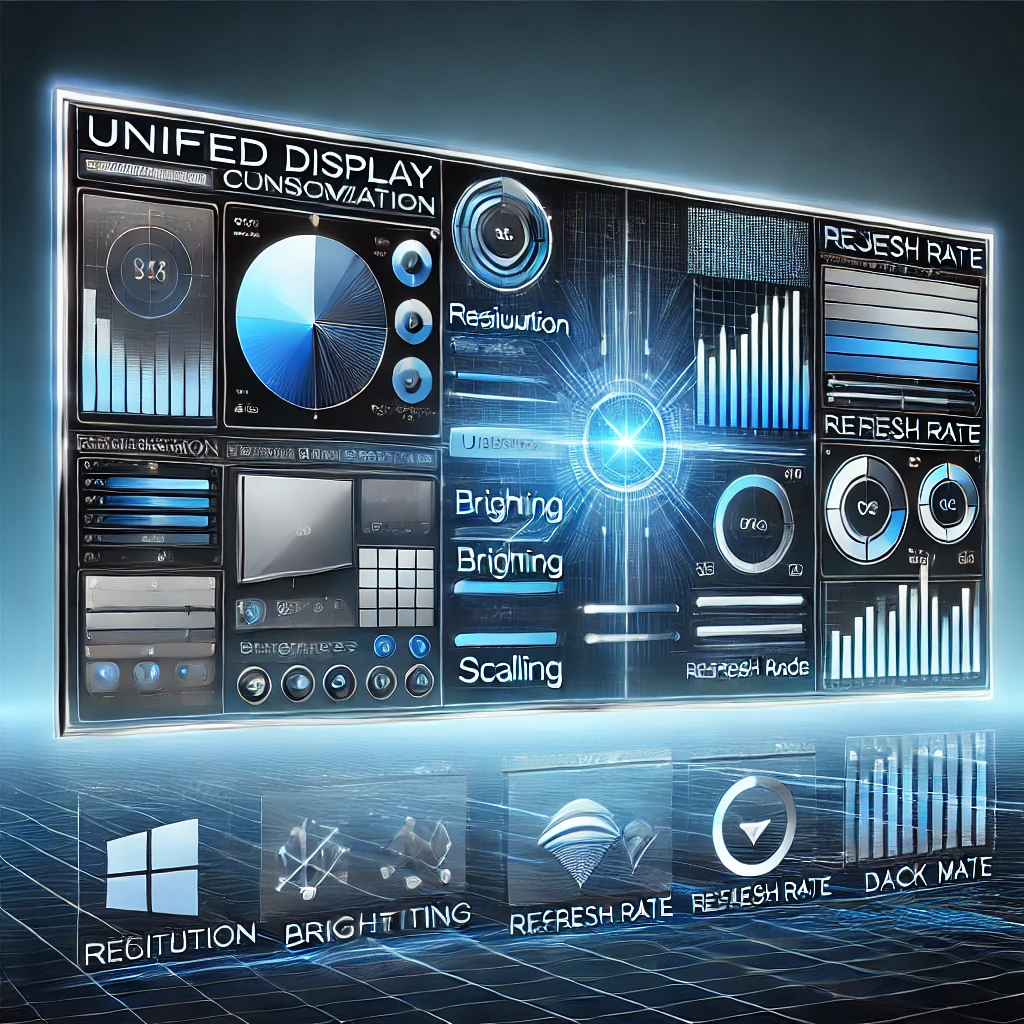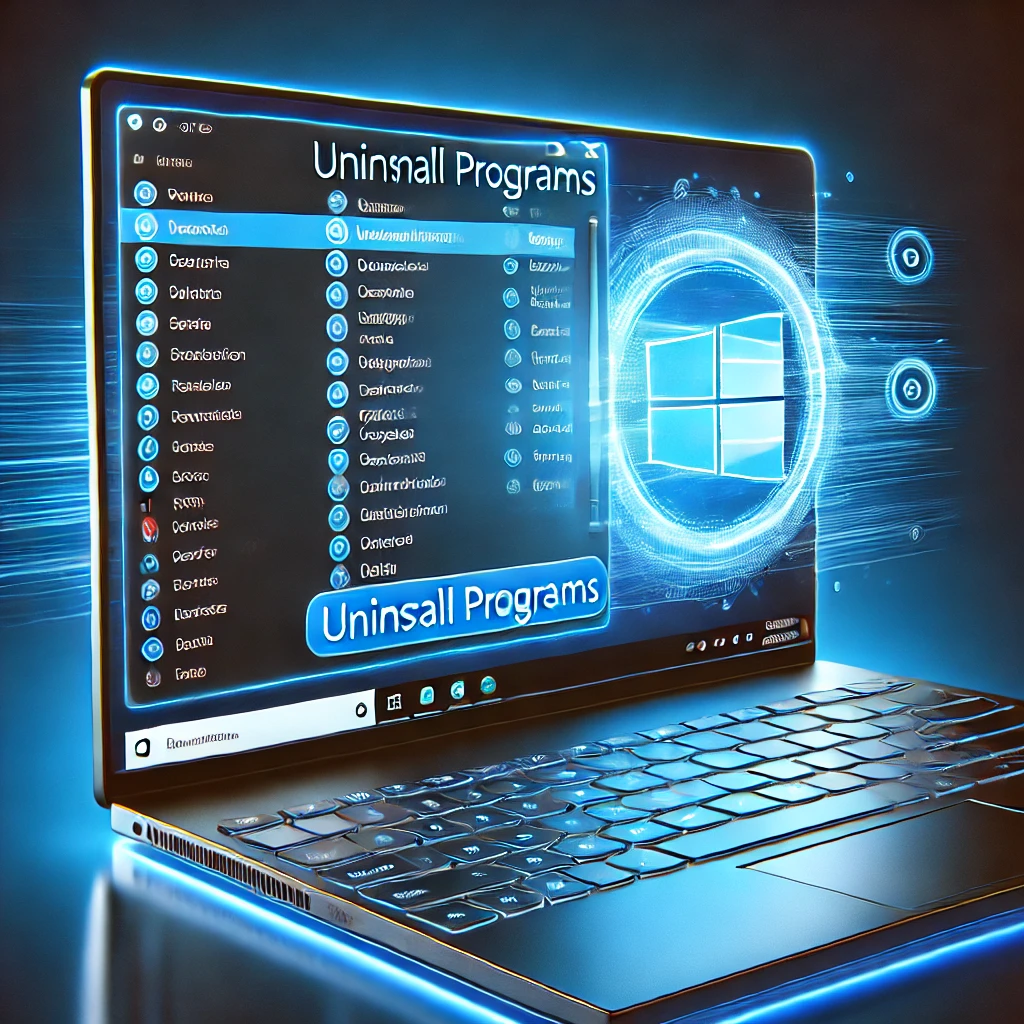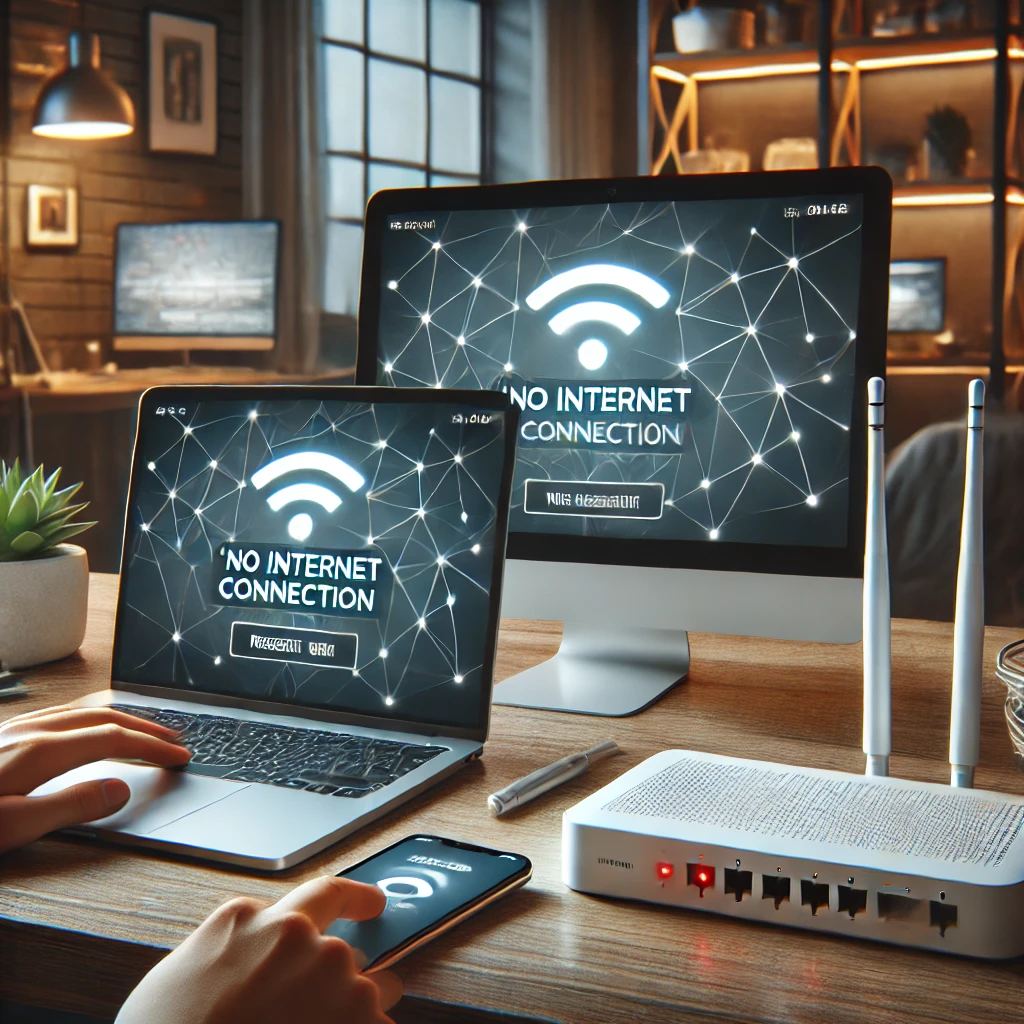Customizing your display settings enhances your visual experience, comfort, and productivity on both Windows and macOS. Whether you need to adjust resolution, change brightness, set up multiple monitors, or enable dark mode, both operating systems provide various options to optimize your screen.
In this guide, you’ll learn how to:
✅ Change screen resolution & scaling
✅ Adjust brightness & color settings
✅ Set up multiple displays
✅ Enable night light & dark mode
✅ Fix common display issues
Let’s dive in! 🚀
1️⃣ Adjusting Screen Resolution & Scaling
A. Windows
1️⃣ Right-click on the desktop and select Display settings
2️⃣ Scroll to Display resolution
3️⃣ Choose the recommended resolution
4️⃣ Click Apply and confirm the changes
💡 Tip: A higher resolution offers better clarity, while a lower resolution improves performance on older PCs.
🔹 Adjust Scaling (Text & App Size)
1️⃣ Open Settings > System > Display
2️⃣ Under Scale and layout, choose 100%, 125%, or 150%
3️⃣ Click Apply
✔️ Best for: High-resolution screens where text appears too small.
B. Mac
1️⃣ Click Apple Menu > System Settings > Displays
2️⃣ Under Resolution, select Default (for best quality) or Scaled
3️⃣ Choose a higher resolution for more screen space or lower for larger text
💡 Tip: On Retina Displays, the default setting provides the sharpest text and images.
🔹 Adjust Scaling on Mac
1️⃣ In System Settings > Displays, click Scaled
2️⃣ Choose from Larger Text, Default, More Space
✔️ Best for: Making text and icons larger or smaller based on your preference.
2️⃣ Adjusting Brightness & Color Settings
A. Windows
1️⃣ Open Settings > System > Display
2️⃣ Adjust the Brightness slider to increase or decrease brightness
✔️ Best for: Reducing eye strain and saving battery on laptops.
🔹 Enable Night Light (Reduce Blue Light)
1️⃣ Go to Settings > System > Display
2️⃣ Under Brightness & color, select Night light
3️⃣ Click Turn on now or set a schedule
✔️ Best for: Reducing eye strain and improving sleep quality.
B. Mac
1️⃣ Click Apple Menu > System Settings > Displays
2️⃣ Adjust the Brightness slider
🔹 Enable Night Shift (Reduce Blue Light)
1️⃣ Go to System Settings > Displays > Night Shift
2️⃣ Set a schedule or click Turn on until tomorrow
✔️ Best for: Preventing eye strain during nighttime use.
3️⃣ Setting Up Multiple Displays
A. Windows
1️⃣ Connect your second monitor
2️⃣ Open Settings > System > Display
3️⃣ Scroll to Multiple displays
4️⃣ Choose from:
- Duplicate display: Same content on both screens
- Extend display: Expands your workspace
- Second screen only: Uses only the external monitor
✔️ Best for: Multi-tasking, gaming, and professional setups.
B. Mac
1️⃣ Connect your external monitor
2️⃣ Click Apple Menu > System Settings > Displays
3️⃣ Click Arrangement and drag the displays to adjust positioning
4️⃣ Select Mirror Displays to duplicate the screen
✔️ Best for: Video editing, presentations, and productivity.
4️⃣ Changing Refresh Rate (For Smooth Display)
A. Windows
1️⃣ Open Settings > System > Display
2️⃣ Scroll to Advanced display settings
3️⃣ Under Refresh rate, choose the highest available option
4️⃣ Click Apply
✔️ Best for: Gamers & video editors who need smoother motion.
B. Mac
1️⃣ Click Apple Menu > System Settings > Displays
2️⃣ Select Refresh Rate
3️⃣ Choose 60Hz, 120Hz, or ProMotion (on supported models)
✔️ Best for: Smoother scrolling & better motion clarity.
5️⃣ Enabling Dark Mode
A. Windows
1️⃣ Open Settings > Personalization > Colors
2️⃣ Under Choose your color, select Dark
✔️ Best for: Night usage and reducing blue light exposure.
B. Mac
1️⃣ Go to Apple Menu > System Settings > Appearance
2️⃣ Select Dark mode
✔️ Best for: A more immersive look and eye comfort.
6️⃣ Fixing Common Display Issues
A. Windows
🛠️ Screen Flickering or Blurry Text?
✔️ Update graphics drivers:
- Right-click Start > Device Manager > Display adapters
- Right-click GPU and select Update driver
✔️ Change refresh rate in Advanced Display Settings
🛠️ Wrong Resolution Not Available?
✔️ Update graphics drivers
✔️ Check monitor cable (HDMI, DisplayPort)
🛠️ Colors Look Washed Out?
✔️ Open Color calibration (Type “Calibrate display color” in Start)
✔️ Adjust contrast & gamma settings
B. Mac
🛠️ Screen Flickering?
✔️ Go to Apple Menu > System Settings > Displays
✔️ Change the refresh rate
🛠️ External Monitor Not Detected?
✔️ Check cables & restart your Mac
✔️ Click Detect Displays in System Settings > Displays
🛠️ Washed-Out Colors?
✔️ Open System Settings > Displays > Color Profile
✔️ Select Default (or a calibrated profile)
Conclusion
By customizing your Windows & macOS display settings, you can improve your visual experience, reduce eye strain, and optimize performance. Whether adjusting resolution, brightness, refresh rate, or using multiple displays, these settings help you get the most out of your screen.
Start customizing today and enjoy a better screen experience! 🎨👀
🚀 You May Like :
🔗 Speed Up Your PC – Simple hacks for better performance
🔗 How to manage user accounts and passwords on windows
🔗 How to Configure Power Settings for Maximum Battery Life
![]()





